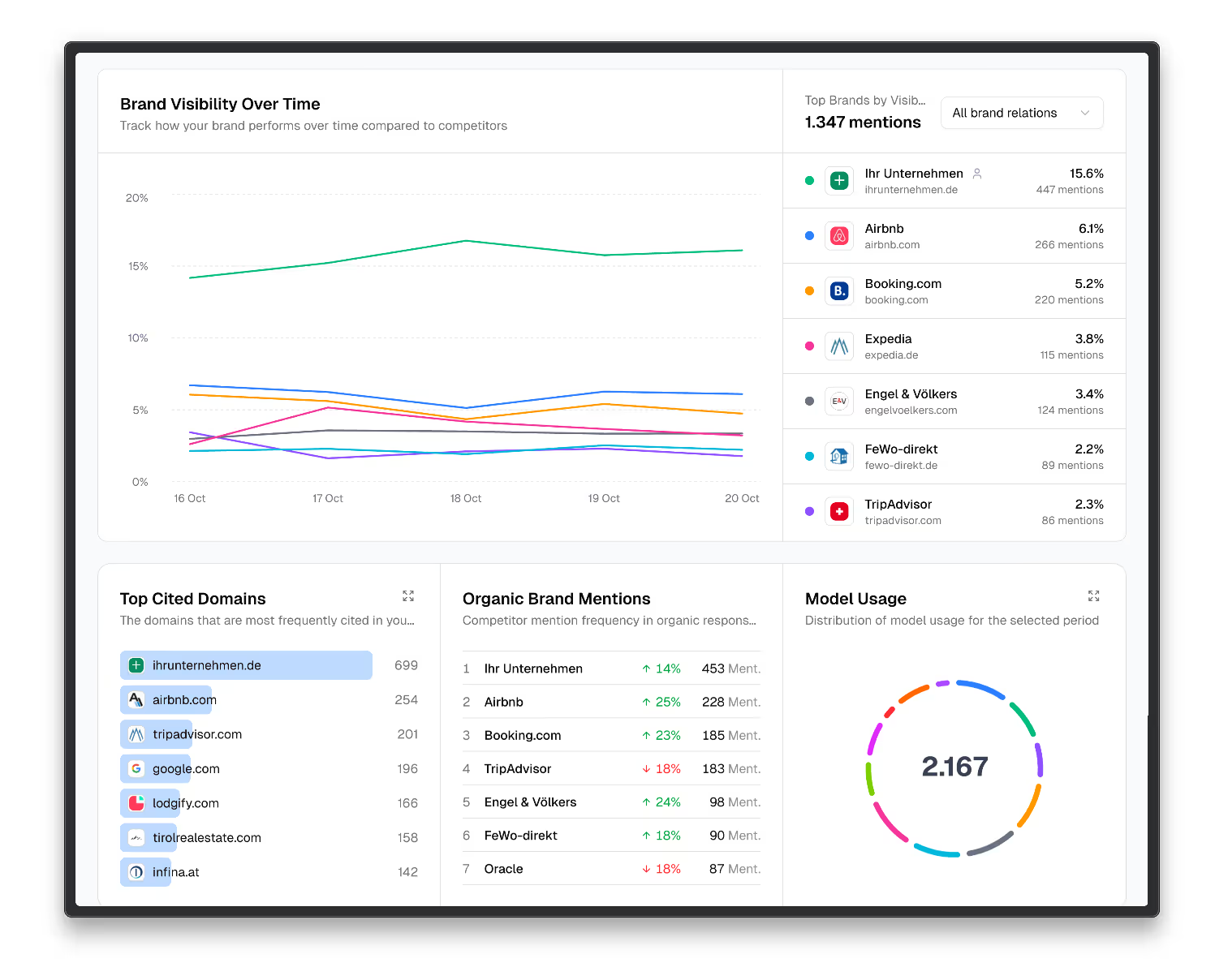Was sind Responsive Bilder?
Responsive Bilder sind Bilder auf einer Website, die so gestaltet und optimiert sind, dass sie sich automatisch an verschiedene Bildschirmgrößen und Geräte anpassen. Das Hauptziel von responsiven Bildern besteht darin, sicherzustellen, dass die Bilder auf jeder Art von Gerät und in jedem Browser optimal dargestellt werden, ohne dass sie verzerrt, abgeschnitten oder verpixelt erscheinen.
Hier sind einige Techniken und Ansätze, um responsive Bilder in Webdesigns zu implementieren:
- Media Queries: Media Queries in CSS werden verwendet, um den Stil einer Webseite je nach Bildschirmgröße oder Gerät anzupassen. Dies kann genutzt werden, um verschiedene Bildgrößen oder Bildquellen für unterschiedliche Geräte anzugeben.
- Fluide Bildgrößen: Anstatt feste Bildgrößen in Pixeln zu verwenden, werden relative Einheiten wie Prozentangaben oder "max-width" verwendet, um sicherzustellen, dass Bilder sich proportional zur Bildschirmgröße anpassen.
- Bildunterschriften (srcset und sizes): Das "srcset"-Attribut ermöglicht es, verschiedene Bildquellen mit unterschiedlichen Auflösungen und Größen anzugeben, je nach Gerät oder Anzeigegröße. Das "sizes"-Attribut gibt an, wie groß das Bild in verschiedenen Ansichtsgrößen sein sollte.
- Art Direction: Manchmal erfordert ein responsives Design unterschiedliche Bilder für verschiedene Ansichtsgrößen. Hier wird die "art direction" genutzt, um das geeignete Bild basierend auf der Bildschirmgröße auszuwählen.
- Bildformate: Unterschiedliche Geräte und Browser unterstützen unterschiedliche Bildformate. Die Verwendung von WebP für moderne Browser und JPEG/PNG für ältere Browser kann die Bildqualität und die Ladezeiten verbessern.
- Lazy Loading: Das verzögerte Laden von Bildern, bis sie in den sichtbaren Bereich des Benutzers scrollen, reduziert die Ladezeit und verbessert die Leistung.
Die Implementierung responsiver Bilder ist wichtig, um sicherzustellen, dass Webseiten sowohl auf kleinen Mobilgeräten als auch auf großen Desktop-Bildschirmen optimal angezeigt werden. Dies trägt zur Verbesserung der Benutzererfahrung bei und kann dazu beitragen, die Absprungrate zu reduzieren. Bei der Auswahl und Optimierung von Bildern für eine Website sollten Webdesigner und Entwickler die Benutzerfreundlichkeit und die Leistung auf verschiedenen Geräten im Auge behalten.
